A Short Introduction
Toy photography, while in itself a form of fabricated or tableau photography, has a way of spanning across all genres of the medium. This is one of the many many things I love about toy photos. Through toys we can tell stories, document places, record our travels, explore tiny details, the list goes on. To highlight the magic of toy photos and all the things they can come to represent I thought I’d create some posts of different photo genres and where toys fit within them.
In a sense I’ve talked about architecture and product photography here before, and I’m here today to make a case for portraits.

Portraiture
Portrait: a pictorial representation of a person usually showing the face
– Merriam-Webster Dictionary
Artistic representations of people began with cave paintings and have been a part of all cultures since. Quite simply they are representations of people. Toy figures themselves are representations of the same, and thus so are our photographs of them.
Learn more about the history of artistic portraits here.

“It’s one thing to make a picture of what a person looks like, it’s another thing to make a portrait of who they are.”
– Paul Caponigro
Plastic Faces
A human face can tell us a lot about the person, through their expression, wrinkles, sunspots, makeup, etc. A toy face is a bit different. Typically expressionless or bound to one emotion, we have to find ways to tell the figure’s story for them through posing, lighting and other props. While toys come in many varieties, using human like figures in your photos can truly help your audience relate – through these plastic, inanimate objects the viewers can see themselves.
We give toy figures a voice by making portraits of them.
Do you ever take portrait-like images of your toy figures? Tell us about it and leave a link to a photo in a comment below.
Also, if you enjoy this post idea let me know what photo genres you’d most like to see next.


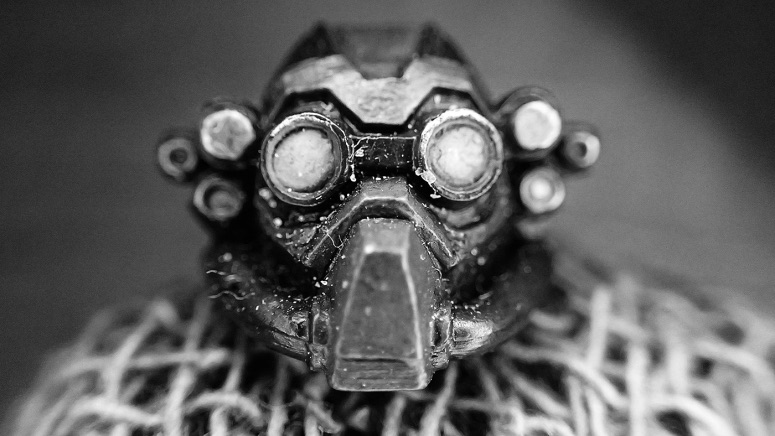
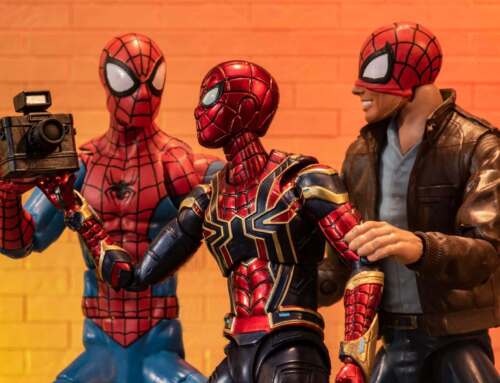
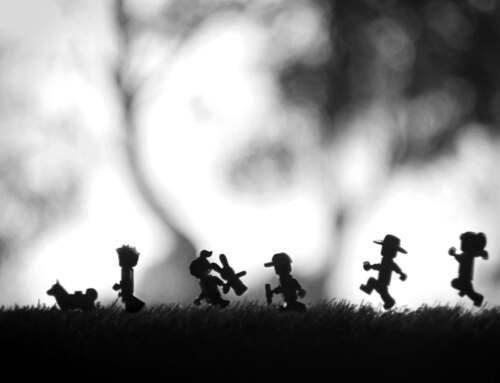
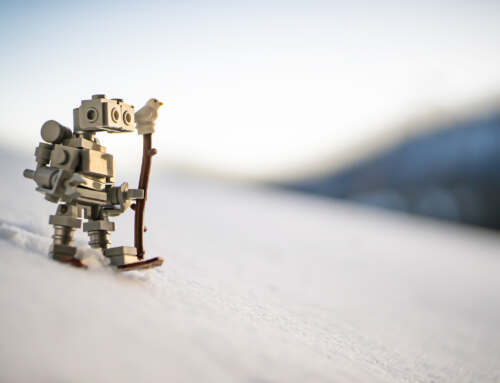
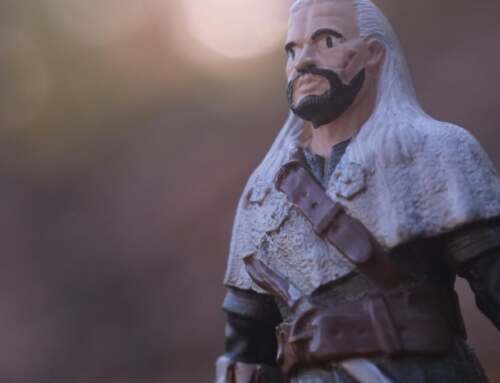
I enjoyed reading this post Jennifer! Most of my early minifig photos were portraits of minifigs against a black background. It was through these photos that I learned how to light minifigs and also how to pose them. These portraits also helped me to fall in love with LEGO minifigures because I began to realize how amazingly detailed they really are. Whenever I’m low on inspiration, sometimes I’ll do portraits for awhile and see if a story develops that way. Wonderful post!
Lynn
Thank you so much Lynn. I’m glad you enjoyed. There is a lot of power in portraits.
I really connected with your article Jennifer. A few months back now I set up a lego-built table, a single chair and started a project titled ‘A Portrait Of…’ in which I tried to photograph some of the more unusual shaped and detailed minifigure faces with a simpler set up.
Using just a black backcloth and a torch for lighting I tried to accentuate the features of the figure and tried to give a feeling of the personality behind the minifigure.
I love knowing that it isn’t just me that tries to create the personality of what is essentially a moulded piece of plastic.
That’s awesome and your photos sound wonderful (I’d love to see them). There are others of us out there! I assure you – and for some reason I believe those little pieces of plastic are crying out for us to give them each a voice.